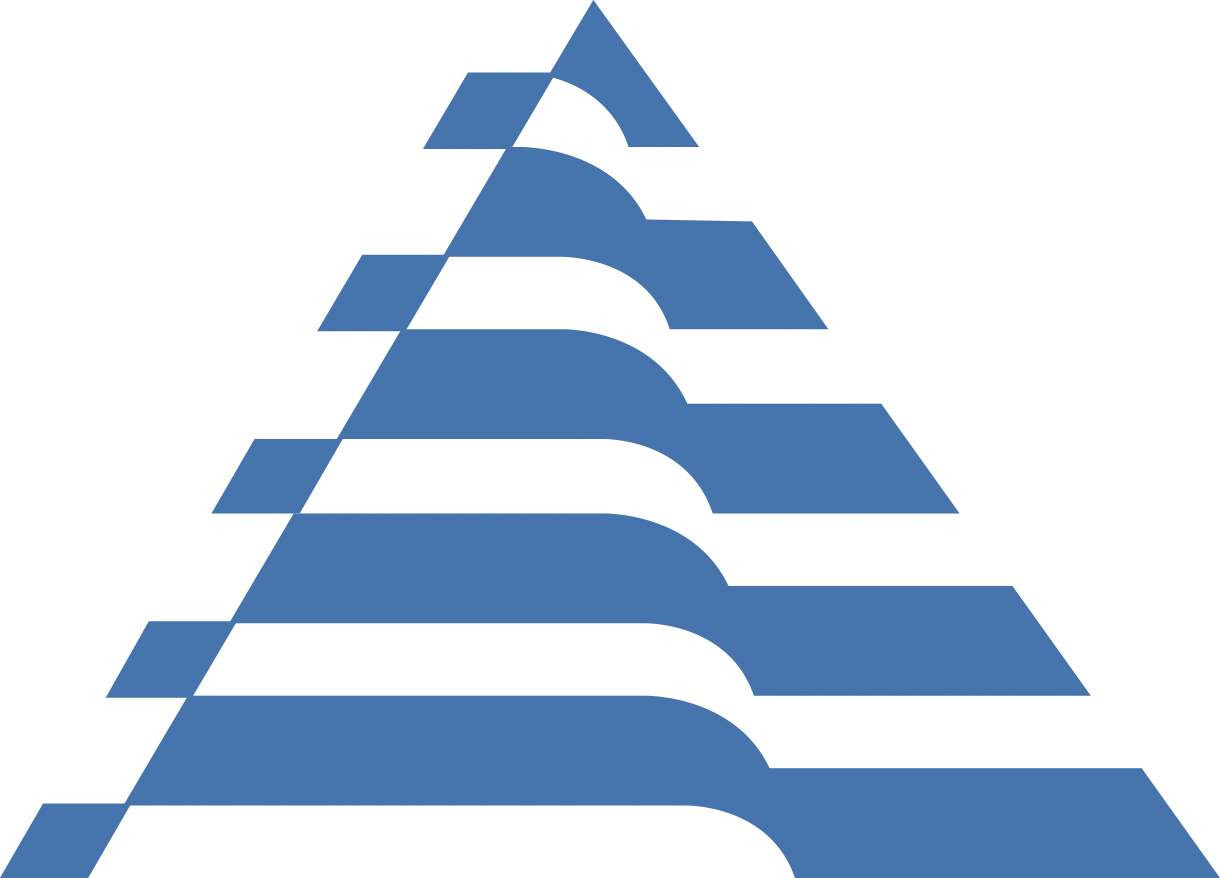| Author |
Title & Abstract |
| Saho Yasumatsu & Tomoko Okuda |
OCS: 485
TITLE: The Use of Digital Object Identifiers in the National Diet Library digital collections
ABSTRACT: The National Diet Library (NDL) is the sole national library of Japan, and assigns Digital Object Identifiers (DOIs) to digital surrogates of its collections and other acquired digital objects as a means for ensuring permanent accessibility to them. Those digital holdings are in our digital archiving system, the National Diet Library Digital Collections. The NDL also serves on the board of the Japan Link Centre (JaLC), which is the only organization in Japan authorized as a Registration Agency (RA) for DOI, and works together with the JaLC to promote widespread use of DOIs.
This presentation explains how DOIs are assigned at the NDL, the uses to which these DOIs are being put, and indicates the issues of DOIs assigned by the NDL |
| Maria Esteva, Ashley Adair, Sivakumar Ayeegoundanpalay Kulasekaran, Josue Balandrano Coronel & Craig Jansen |
OCS: 488
TITLE: A Data model for lifecycle management of natural hazards engineering data/em>
ABSTRACT: We introduce work accomplished to design and implement a data model and metadata for ongoing curation and publication natural hazards engineering data derived from experimental research projects. The data model was designed with the input of researchers involved in the space and implemented in the DesignSafe-CI platform. |
| Adrienne Milner Hieb, Matthew M. Pearson & Mitchell Shelton |
OCS: 495
TITLE: Expanding the institutional repository mission: Innovating with Linked Data for NASA digital curation
ABSTRACT: The NASA Goddard Space Flight Center Institutional Repository (GSFCIR) manages, preserves, tracks, and provides access to the Center’s digital collections and research output. As GSFCIR moves to an entirely RDF-based platform, the Goddard Library is taking this opportunity to leverage linked data’s capabilities to enhance digital curation efforts, particularly in the area of adding value to digital collections. Objects in GSFCIR’s existing collections have little inter-relation through back-end metadata or front-end interfaces. As representatives of the research and knowledge output of Goddard, these collections and digital objects do have a common thread among them: NASA missions. Current repository cross-collection searching allows for discovery of some of these connections; however, it is often frustrated by variant names and it does not support a variety of common search behaviors. Historically, NASA mission information has not been maintained in any single, accessible authority. To both achieve its goal of creating better connections in GSFCIR and to provide a valuable resource to present and future NASA communities, the Goddard Library is producing a linked data thesaurus of NASA mission names, including equivalence, hierarchical, and associative relationships.
This presentation will focus on how the Library established the need for a NASA-focused linked data missions thesaurus, the careful process of domain analysis and vocabulary development, and its role in aiding future digital curation efforts as GSFCIR grows with new collections. |
| Karen Sandra Smith-Yoshimura |
OCS: 496
TITLE: Using the Semantic Web to improve knowledge of translations
ABSTRACT: More than half of the almost 400 million bibliographic records in WorldCat are for languages other than English. Most of the monographs described were published only once. But a few million represent the core of our shared culture—works that have been translated into multiple languages, and sometimes translated multiple times into the same language. We learn about other cultures, and other cultures learn about ours, through these translations. As the world’s largest bibliographic database, WorldCat is positioned to provide the translation history of works, using the W3C bib extension translationOfWork to communicate the relationship of each translation to the original work.
In our multilingual data enhancements project, our goal was to improve the descriptions of the most frequently published works, as they are the ones most likely to be translated and searched by users. In a database of MARC records, machine processes cannot support browsing or searching of works and their translations. Critical entities such as the title of the original work and the names of the translators are not always expressed in a machine-understandable form—and sometimes the information is missing altogether. Since a manual cleanup is not scalable, we explored the possibility of enriching MARC records with Linked Data from a third-party source, Wikidata. By integrating information from both WorldCat and Wikidata, we may be in a better position to present information about frequently-translated works in the preferred language and script of the user. |
| Jeanne Kitchens, Stuart A. Sutton & Robert G. Sheets |
OCS: 503
TITLE: Metadata for improving transparency in the credentialing marketplace
ABSTRACT: This presentation describes the Credential Transparency Description Language (CTDL) --an RDF schema-- and a set of open source applications intended to support rich description of credentials througout the credentialing ecosystem. The metadata infrastructure enabled by the CTDL and the open-licensed software will continuously capture, connect, archive and share metadata about credentials, credentialing organizations, quality assurance organizations, competency frameworks, and additional metadata as needed to support an open applications marketplace.
The presentation will include a review of the CTDL resources and development processes and will demonstrate how the CTDL schema is used for publishing RDF metadata to the Credential Engine Registry (CER), how an application profile of the CTDL is used by the CER to validate the quality of incoming metadata, and how the open application marketplace can evolve by demonstrating the Workit Search App prototype that consumes metadata from the CER. The presentation will include discussion of the planned development of CTDL-Lite as a markup extension to schema.org. |
| Elizabeth Russey Roke & Daniel Noonan |
OCS: 505
TITLE: Best practices for software metadata: A Report from the Software Preservation Network
ABSTRACT: Representatives of the Software Preservation Network Metadata Working Group will present preliminary results from its analysis of metadata for software preservation, discussing a survey of existing practices as well as a crosswalk of existing ontologies and schemas in use in libraries, the open source software community, and specialized research communities. The talk will also discuss the activities of the Software Preservation Network, highlighting activities that have a direct impact on metadata practice. |
| Huda Khan, Lynette Rayle & Rebecca Younes |
OCS: 507
TITLE: VitroLib: From an ontology and instance editor to a linked data cataloging editor
ABSTRACT: The Mellon Foundation-funded Linked Data For Libraries Labs (LD4L Labs) and Linked Data For Libraries Production (LD4P) projects are exploring how to support library systems transition to the use of linked open data. As part of this work, we are developing a linked data cataloging editor called VitroLib. VitroLib extends Vitro, the open source ontology and instance editor that provides the ontology-agnostic semantic application underpinning VIVO, the researcher profiling system. VitroLib generates content display and content editing interfaces based on BIBFRAME, Bibliotek-o which extends BIBFRAME, and related ontologies. In this presentation, we will provide an overview of the design and implementation of VitroLib, results of usability testing exploring how catalogers can use VitroLib to catalog bibliographic metadata, and how VitroLib development has used application profiles. |
| Jeanette Norris |
OCS: 510
TITLE: Understanding users' metadata needs: How do we know what they want?
ABSTRACT: Descriptive metadata should match users' expectations of the information that is available to search against. The methodology used for the research discussed in this presentation focuses on how users describe books outside of the context of an existing search interface. It represents an effort to isolate and identify salient types of information and then to compare them with library data and standards to determine how much users’ descriptions and catalogers’ descriptions overlap. This presentation will focus on an analysis of the methodology used in this and other similarly constructed studies, preliminary findings based on the data that was gathered during the pilot study, and ideas for how the type of information gathered through these types of studies could be used to assess metadata practices and inform the creation of descriptive metadata standards. |
| Alexandra Alisa Provo & Michel Biezunski |
OCS: 514
TITLE: Topic maps for digital scholarly monographs
ABSTRACT: This presentation will outline work on a new approach to digital scholarly monograph subject metadata currently being undertaken by New York University’s Digital Library Technology Services department as part of the Mellon-funded grant project, Enhanced Networked Monographs (ENM). |
| Erin Wolfe |
OCS: 515
TITLE: Enhancing metadata though standardization and validation: Practical application at the University of Kansas Libraries
ABSTRACT: The Digital Initiatives department at the University of Kansas Libraries is in the process of migrating digital collections and assets to a locally hosted instance of Islandora to serve as our primary digital repository. As a key part of this process, we are taking the opportunity to clean up, standardize, enhance through linked data, and validate our metadata records prior to ingest in this new system. Using a variety of open tools, we have developed a systematic and replicable method to create uniform metadata records that conform to our in-house guidelines and requirements. |
| Richard P. Smiraglia |
OCS: 516
TITLE: Data and metadata instantiation: Use cases and a conceptual model
ABSTRACT: Digital repositories are particularly susceptible to the problem of uncontrolled data and metadata instantiation because of the complex lifecycles of data deposit, use, and reuse. In repositories that require deposit of research data on a large scale, instantiation can become particularly acute. DANS (Data Archiving and Networked Services), a division of the Royal Netherlands Academy of the Arts and Sciences, is the self-styled “institute for permanent access to digital research resources” (DANS 2017). The role of DANS is to encourage scholars to make their data accessible, interoperable and resusable, in a sustainable environment. In addition to serving as a host repository for tens of thousands of datasets, DANS also manages the NARCIS gateway to more than 160,000 datasets generated by Dutch scholars. Recent research (Smiraglia and Park 2016) demonstrated one approach to a conceptual model of instantiation among open government data records, deriving core attributes “information object,” “expression,” “manifestation product type,” “actor, “expression creation,” and “information carrier” from the FRBRoo ontology of bibliographic instantiation. The proposed presentation combines these and other FRBRoo attributes with the generations of lifecycle modeling identified by Greenberg, as applied to a series of use cases from DANS. |
 Full Papers & Project Reports
Full Papers & Project Reports Presentations
Presentations Posters
Posters![]() DCMI's work is supported, promoted and improved by « Member organizations » around the world:
DCMI's work is supported, promoted and improved by « Member organizations » around the world:












![]() DCMI's annual meeting and conference addresses models, technologies and applications of metadata
DCMI's annual meeting and conference addresses models, technologies and applications of metadata

